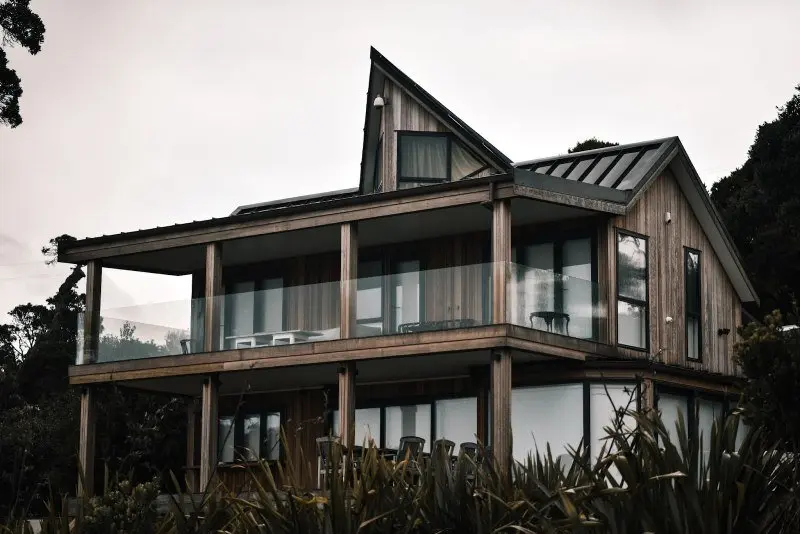Homeowner’s insurance is one of the most commonly held types of insurance, yet remains one of the least understood. Many homeowners incorrectly believe that their insurance policies will cover them for every conceivable eventuality. The reality, however, is that homeowner’s insurance can contain many restrictions and exclusions that can leave policy holders with a costly coverage gap.
Here are 6 common misconceptions regarding homeowner’s insurance.

Photo by Tierra Mallorca on Unsplash
1. Third-Party liability coverage
Many people think of home insurance as only protecting their property and belongings, but it in fact covers far more than that. One of the most valuable aspects of your home insurance policy is third-party liability coverage. If you were ever sued (or even threatened to be sued) for causing damage to someone’s property or injury to an individual, this is the coverage you will need.
But, as Darren Robertson of Northern Virginia Homes points out, “Most policies also cover you for any additional living expenses, such as accommodation and food in the event that you have to vacate your home due to an insured incident. These are just a couple of the additional coverages available on a home insurance policy, so it’s well worth reading the fine print to see just what else you are covered for.
2. Water damage
Coverage for water damage is much more tricky than most people think. Many assume that any and all water-damage related claims will be covered, but that is rarely the case. Most standard policies will cover for any water damage that is caused by anything inside your home (like a popped waterbed or a burst pipe). But, any damage caused by water that has entered your home from an external source is generally not covered. This would include a sump pump failure or a sewer backup as a result of heavy rainfall, for example.
The good news is, it is sometimes possible to purchase additional coverage for water damage to protect you in the event that one of these increasingly common home emergencies occurs. You can contact your home insurance broker to find out if any additional coverage is available to you.
Related: Building a Home in Austin: The Essential Checklist
3. Valuables and other exclusions
Some people mistakenly believe that, when you take out home insurance, you automatically cover every single item in your possession, but sadly, that’s not necessarily the case. Your home insurance policy will probably protect and cover most of your belongings as standard, but there are some items that come with special clauses and/or require additional coverage. For example, some big ticket items such as jewelry, collectibles, sports memorabilia, bicycles and computer software, may not be covered as standard on your policy. It’s important to determine whether any of your belongings require additional coverage to be sure.
Sign Up for free Get the first to receive the latest listing updates, save favorites & much more by signing up.
If you already have in account, SIGN IN.
4. Natural disaster coverage
Many people falsely believe that natural disasters, or ‘acts of God’ aren’t covered by home insurance policies, but for the most part, they actually are. Very few policies specifically list any exclusions for ‘acts of God.’ Some examples of natural disasters that are typically covered include hurricanes, windstorms, ice storms, wildfires and tornadoes. The most notable exception is the event of an earthquake. Earthquakes are excluded from standard policies, but additional coverage can usually be applied. Depending on your particular location and the insurance company you choose, there may be other policy exclusions, so it’s imperative to carefully review your individual policy to ascertain exactly what you are covered for. Leonard Ang, CEO of iPropertyManagement, states that "insurance policies use vague language that causes a misconception of insurance and natural disasters. Read the policy carefully and understand its exclusions."
5. Replacement cost
The term ‘replacement cost’ refers to determining the amount it will cost to replace the insured item. Most first-time homeowners falsely believe that a replacement cost would cover the purchase of a brand new replacement with similar features, but this is not the case. Unless otherwise stipulated, losses are valued at their current worth based on their age and condition at the time of the loss. It is important to review your replacement cost clauses to ensure that you are adequately covered to replace important items.
6. Termites
Termites pose a problem throughout North America, but tend to be at their most destructive in the Southern climates - areas where their life-cycle is not impacted by colder weather. They eat wood, and a lot of it - they can eat through your property’s supports with ease, collectively destroying the structural foundations of your home. Eradicating these pests and repairing the damage they cause can cost thousands of dollars. Most standard policies exclude coverage for termite damage (as well as other pest damage). If you live in an area that is susceptible to termite damage, it is vital that you have the house regularly sprayed and checked by a professional and not rely upon your insurance to protect you.

The Bottom Line
To take sufficient responsibility for your protection, it’s essential that you thoroughly read your home insurance policy. Carefully consider any exclusions and decide how you will manage those risks. In some instances, your insurance company will offer add-ons, otherwise, you can look into specialized insurance from another company. Don’t assume any coverage is automatic, and if you are still unsure, consult with your home insurance broker or company representative.

Leave A Comment